The Outer Worlds 2: Will Obsidian Change the RPG Game Again?
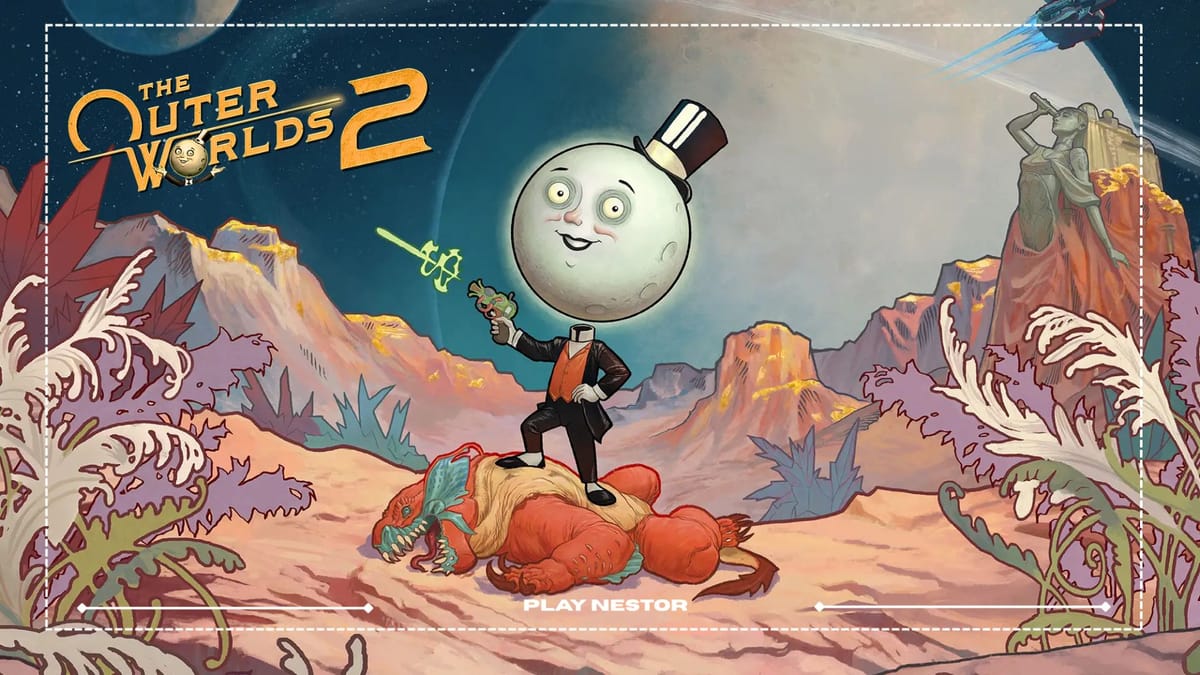
Honestly, most players probably think they already know what to expect from The Outer Worlds 2—a sarcastic space adventure packed with morally questionable corporations, quirky companions, and decisions that somehow leave you wondering if you did the right thing or just picked the funniest line. And to be fair, Obsidian set a pretty high standard with the first game, delivering a compact RPG full of charm, choice, and unexpected chaos.
But here’s the thing—The Outer Worlds 2 isn’t just another sequel riding the hype train. From the moment the teaser trailer openly mocked itself for having “no finished story, no actual gameplay, and definitely not the final hero,” it became clear that this sequel might take its meta-humor to another level. The question is: will it double down on satire or evolve into something deeper and darker?
At first glance, the sequel seems like it’s aiming for a bigger galaxy, more dynamic factions, and decisions that might actually ripple beyond just companion approval screens. The vibe I get is that Obsidian wants this world to feel more alive, more unpredictable, and maybe even more emotionally grounded than before. There’s a whisper of something grander—a sense of scale and stakes that weren’t fully explored in the original.
Still, I can’t help but wonder… will expanding the universe dilute the tight storytelling that made the first game so iconic? Maybe it’s just me, but there’s always a risk when a beloved cult RPG gets more budget, more eyes, and more expectations. Bigger doesn’t always mean better—just ask games like Mass Effect: Andromeda or even parts of Starfield, where scale sometimes over-shadowed intimacy.
That said, if there’s one thing Obsidian is known for, it’s turning narrative pressure into genius. This is the studio behind Fallout: New Vegas, Pillars of Eternity, and Pentiment, after all. So if anyone can pull off a sequel that remains weird, witty, and meaningful—it’s them.
🔗 Oh, and if you love deep-dive previews like this, you might also enjoy my breakdown of 2XKO and how Riot Games is evolving genre expectations in unexpected ways.
With that emotional foundation and a pinch of doubt set, let’s get into the essentials: Who’s making it, when is it coming, and why is everyone curious (and slightly nervous) about it?
Checkout the early access launch trailer here on our channel.
Release Date, Platforms & Who’s Behind It (Updated & Final)
Developed by: Obsidian Entertainment
Published by: Xbox Game Studios
Engine: Expected to be powered by Unreal Engine 5
Official Release Date: October 29, 2025
Platforms:
Xbox Series X|S
PC (Highly likely Day-One on Xbox Game Pass)
PlayStation 5 — currently uncertain due to Microsoft’s ownership of Obsidian
Why it matters: With Xbox fully backing the sequel, expectations are higher than ever. A confirmed release date gives the hype machine fuel, but it also puts pressure on Obsidian to deliver something bigger, better, and more emotionally engaging than the original—without losing its quirky identity.
🔗 If you’re curious how timed releases and platform exclusivity can shift community expectations, check out my insight in the Donkey Kong Bananza Review already published on the site.
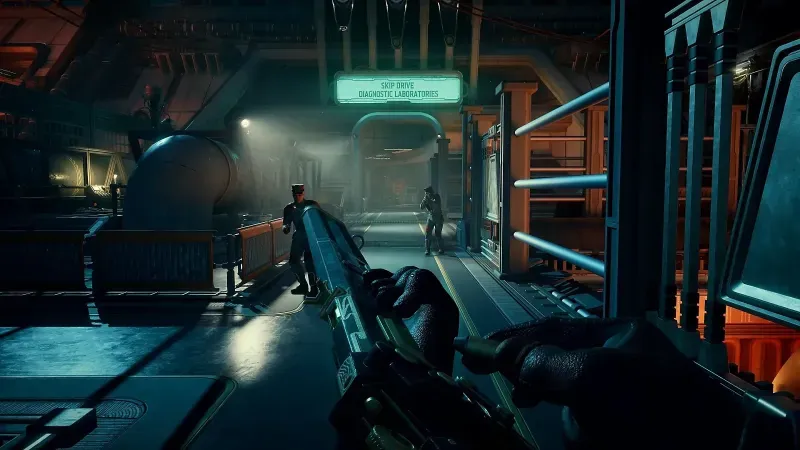
What’s New in The Outer Worlds 2? (Mechanics, Story Direction & Gameplay Evolution)
The first thing I noticed is that The Outer Worlds 2 doesn’t just want to feel like “Outer Worlds, but bigger” — it wants to feel smarter, deeper, and maybe even a little more dangerous. While Obsidian hasn’t fully laid all their cards on the table, leaks, developer hints, and fan speculation are starting to outline where this sequel may evolve.
Here’s what really stands out so far:
1. Expanded Galaxy, New Star Systems
The first game felt more like a segmented journey across contained zones. This time, rumors suggest we’ll explore multiple star systems with more interconnected regions, allowing choices to ripple between worlds rather than staying locked to one location.
2. Deeper Consequences & Narrative Complexity
Obsidian has teased that choices will be “more reactive and far-reaching,” implying your actions may influence faction dynamics, planetary conditions, or even corporate wars at a macro level.
👉 Which makes me think: could we finally see long-term consequences that alter entire story arcs, not just companion approval ratings?
3. Companions 2.0 – More Agency, More Influence
Companions in the first game were loved, but some players felt they were more comedic relief than full story drivers. Early interviews suggest companions might have stronger decision branches, potentially leaving (or betraying) you based on your moral direction.
4. Combat Evolution – More Impactful, Possibly Class-Based
While Obsidian hasn’t confirmed it directly, Unreal Engine 5 could allow for more dynamic combat animations, weapon effects, and possibly expanded skill-based customization, not just stat tweaking.
📌 Some insiders speculate the sequel may introduce class archetype builds, giving players more identity in combat.
5. Tone Shift: From “Corporate Satire” to “Corporate Dystopia with Bite”
The first game had a more comedic take on capitalism gone wild. Here, the vibe feels slightly darker. The trailer’s narration hinted at a more existential edge, as if Obsidian wants to explore themes of power, identity, and rebellion with a deeper emotional core—without ditching the sarcasm entirely.
6. Unreal Engine 5 Might Change Everything (Visually & Immersion-wise)
If confirmed, moving to Unreal Engine 5 could introduce more realistic lighting, detailed NPC animation, and larger zones with smoother transitions. It may also support better facial expressions during key narrative moments—a big plus for storytelling immersion.
🤔 But Here’s the Catch…
I’m curious if expanding the scale might risk losing the tight, humorous pacing that made the first game such a cozy experience. Bigger RPGs often struggle with pacing (looking at you, Starfield), and Obsidian will need to ensure ambition doesn’t overshadow heart.
🔗 I mentioned a similar concern in my LEGO Voyagers deep-dive, where increasing scale sometimes hurts emotional storytelling if not balanced carefully.
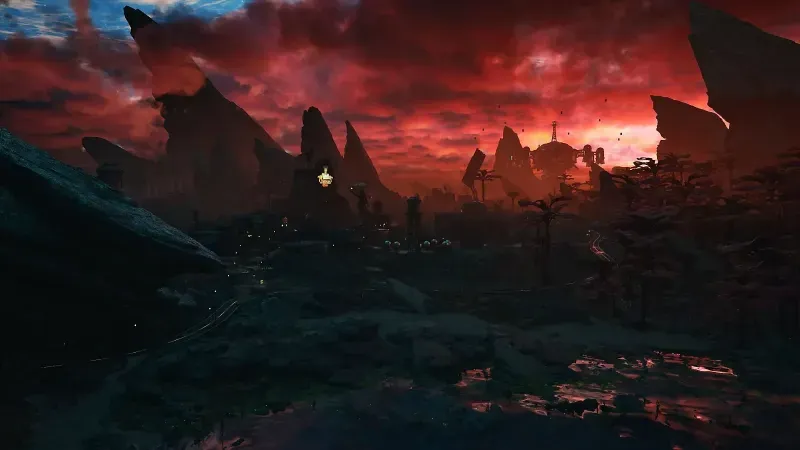
What Does It Feel Like? (Tone, Atmosphere & Emotional Direction)
The vibe I get from The Outer Worlds 2 is that it’s still sarcastic and self-aware, but now layered with a stronger sense of mystery and consequence. Where the first game often felt like a satirical road trip through corporate chaos, the sequel seems more like a deeper dive into a morally unstable universe where your choices carry emotional weight.
Here’s the emotional shift as it currently feels:
Still humorous, but possibly smarter and more self-reflective
Darker undertones, hinting at more serious themes beneath the sarcasm
A sense of discovery and danger, rather than just absurd corporate quests
Bigger moral pressure, not just funny dialogue options
Companion dynamics may feel more emotionally reactive
If you ask me, it’s aiming for a balance between Obsidian’s trademark wit and a more atmospheric, impactful storytelling approach. Almost like the team wants you to laugh—but also think twice before making reckless decisions.
🔗 I noticed a similar tonal balance shift when reviewing 2XKO, where humor coexists with high-stakes consequences.
Light Criticism & Concerns – Could It Fall Into the Sequel Trap?
I have a small concern though… what if The Outer Worlds 2 becomes a “bigger but not better” sequel? Obsidian is clearly scaling up the universe, but when RPGs expand too fast, they sometimes lose the tight pacing and personal charm that made players fall in love in the first place.
Here are a few quiet worries buzzing in the community (and in my head too):
❓ Will bigger worlds dilute Obsidian’s focused storytelling?
❓ Could the satire feel repetitive if it doesn’t evolve beyond ‘corporations bad’?
❓ Might Unreal Engine 5 visuals raise expectations beyond what the gameplay delivers?
❓ Will Game Pass pressure push a “content-first, depth-later” approach?
❓ Could it suffer from being overshadowed by Obsidian’s other project, Avowed?
Maybe it’s just me, but there’s always a risk of losing that handcrafted, narrative charm when a cult RPG transitions into a flagship blockbuster. Big budgets are great—but they also come with big expectations that can suffocate creative risks.
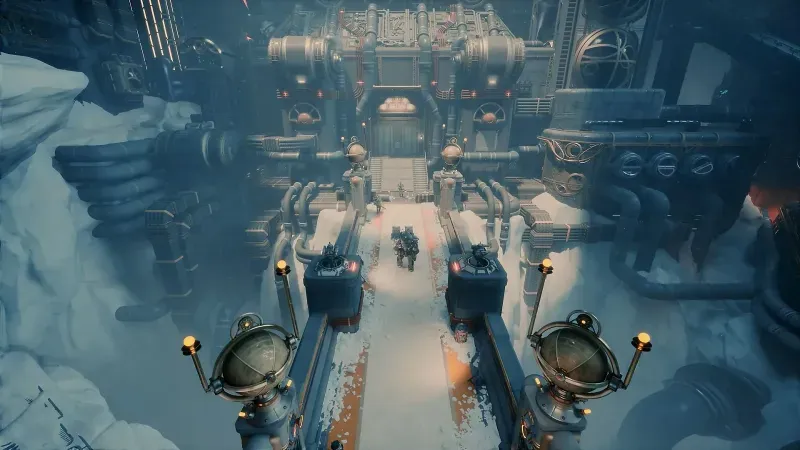
System Requirements & Technical Expectations
At first glance, The Outer Worlds 2 looks like it’s going to be one of Obsidian’s most technically ambitious titles yet. Powered by Unreal Engine 5, the sequel aims to deliver more dynamic lighting, detailed environments, and smoother combat animations — all while running efficiently across Xbox Series X|S and modern gaming PCs.
While official specs aren’t out yet, here’s a realistic estimate based on 2025 hardware trends and Unreal Engine 5 benchmarks:
Estimated PC Requirements
Minimum (1080p, 60 FPS target):
- OS: Windows 10/11 (64-bit)
- Processor: AMD Ryzen 5 3600 / Intel Core i5-10400
- Memory: 16 GB RAM
- Graphics: NVIDIA RTX 3060 / AMD RX 6600 XT
- Storage: 90 GB SSD
Recommended (1440p or 4K, Ultra Settings):
- OS: Windows 11 (64-bit)
- Processor: AMD Ryzen 7 5800X / Intel Core i7-12700K
- Memory: 32 GB RAM
- Graphics: NVIDIA RTX 4070 / AMD RX 7900 XT
- Storage: 90–100 GB SSD (NVMe preferred)
In practice though, optimization will be key. Outer Worlds 1 ran beautifully even on mid-range rigs, but Unreal Engine 5 can be demanding, especially with features like Nanite and Lumen enabled. So, PC players may want to brace for a mix of visual brilliance and potential launch-day performance patches — a common story for most UE5 titles lately.
The funny part is, Obsidian has always prioritized smooth storytelling over raw graphics, so I’m expecting gameplay stability to take priority over flashy tech tricks. Still, it’ll be exciting to see just how far they can push visual immersion this time.
🔗 For another recent Unreal Engine comparison, check out my Blue Protocol: Star Resonance blog, where I explored how visual fidelity impacts gameplay flow and player immersion.
Pros & Cons (Player Expectations So Far)
🟢 Potential Pros:
Bigger universe with more freedom and deeper consequences
Unreal Engine 5 could deliver major visual and performance upgrades
Companions may have stronger story impact and emotional depth
Obsidian’s proven storytelling reputation builds player trust
Game Pass availability could boost accessibility and community size
🔴 Possible Concerns:
Larger scale may dilute the tight pacing of the first game
Humor and satire might feel repetitive if not evolved
Unreal Engine 5 performance could struggle on mid-tier PCs at launch
Risk of being overshadowed by Avowed or other 2025 RPGs
Xbox exclusivity could alienate part of the original fanbase
If you ask me, The Outer Worlds 2 currently looks like a promising leap forward—but with just enough uncertainty to keep both excitement and skepticism alive in equal measure.
Community Reactions & Early Impressions
“Star Resonance” has sparked strong excitement across forums and social platforms, especially among fans who have long awaited a new MMORPG with anime visuals and guild-centric combat. Many players are praising its vibrant visuals and action-focused combat system, noting that it feels like a fresh middle ground between Genshin Impact and Tower of Fantasy. Early testers have highlighted the smooth co-op mechanics and the thrill of large-scale boss battles.
However, there’s some cautious skepticism regarding progression balance and potential pay-to-win concerns—especially around Resonance upgrades. Still, the general mood is optimistic, with players calling it “promising,” “fresh,” and “potentially addictive” if supported with frequent updates.
“The Outer Worlds 2 is, essentially, a safe sequel. Obsidian retained everything that made the first game so beloved … but without venturing too far into new ideas.”
Commentary: Some players feel that while the game preserves what they liked, it may lack bold innovation.
“My only question is does it have the same number of obnoxious loading screens as the first one … I’m hoping going to UE5 solved that.”
Commentary: Technical concerns—especially from longtime fans of the first game—remain real. Even if new features are added, performance & UX matter.
“Are you guys going to purchase Outer Worlds 2 day one?”
Commentary: There’s a buzz about day-one buying decisions. Some players are hyped, others cautious and waiting for reviews.
“When Will the Reviews Be Out? … Any info on Deck Compatibility and performance?”
Commentary: Platform-performance, compatibility (e.g., Steam Deck, PC), and review timing are big topics.
How The Outer Worlds 2 Sets Itself Apart From the First Game
At first glance, The Outer Worlds 2 isn’t just repeating the original’s formula—it’s reshaping it. The first game gained love for its quirky satire, player agency, and Obsidian’s RPG storytelling. But this sequel is positioned as bigger, bolder, and more cinematic, based on early reveals and developer hints.
Here’s where it starts to differ:
1. A Brand-New Star System, Not a Continuation
The first game centered around Halcyon. In The Outer Worlds 2, Obsidian has confirmed an entirely new solar system, which means new corporations, new planetary politics, and a fresh cast of morally questionable NPCs.
2. A Completely New Protagonist
Instead of continuing the story of “The Stranger” from the first game, The Outer Worlds 2 introduces a new hero. This gives Obsidian freedom to craft unexpected narrative pathways without being bound by previous player decisions.
3. Expanded Combat with More Fluidity
While the first game relied on its Tactical Time Dilation (TTD) feature and compact arenas, early teasers and developer commentary suggest faster-paced, more action-driven combat, with improved animations and smoother movement.
4. Weapon Variety Looks Vastly Bigger
The first game had a solid arsenal, but it was somewhat limited. The sequel promises more bizarre, satirical sci-fi weapons — likely with customizable mod paths and over-the-top effects (in line with Obsidian’s quirky humor).
5. Visual Upgrade Powered by Unreal Engine 5
One of the biggest shifts: The Outer Worlds 2 is built in Unreal Engine 5, which means better lighting, larger environments, higher detail fidelity, and more expressive characters compared to the first game’s UE4 visuals.
6. Tonally, It Feels Even More Self-Aware
The reveal trailer openly mocked traditional game marketing, which hints that The Outer Worlds 2 may double down on breaking the fourth wall, ironic humor, and corporate satire even more than the original.
Still, I can’t help but wonder… will this sequel maintain the tight charm of the first game, or will going “bigger” risk losing what made it personal and funny in the first place? That’s the balance Obsidian needs to nail..
My Take: What I Personally Think About The Sequel’s Direction
If you ask me, The Outer Worlds 2 feels like Obsidian is trying to go from a cult classic to a full-blown mainstream sci-fi RPG contender. The switch to a new star system and a different protagonist tells me they want to break free from any narrative restraints and craft something larger in scope—almost like they’re preparing for a universe that could span multiple sequels or spin-offs.
What really stands out is the move to Unreal Engine 5. For me, that signals a push toward richer world immersion and bigger set pieces. But here’s the catch—the charm of the first game wasn’t just in visuals or combat, it was in the writing, personality, and humor. So while I’m excited for “more action” and “more graphics,” I’m also hoping Obsidian doesn’t lose the satirical soul that made the first game feel oddly relatable in its dystopian absurdity.
My biggest takeaway is this: if Obsidian manages to scale up without selling out its quirky identity, we might be looking at one of 2025’s standout RPGs. But if it leans too hard into cinematic spectacle over narrative nuance, it could end up feeling like just another flashy space shooter.
FAQs About The Outer Worlds 2
1. When is The Outer Worlds 2 releasing?
The Outer Worlds 2 is officially set to release on October 29, 2025, according to current industry reports and developer timelines.
2. Will The Outer Worlds 2 continue the story from the first game?
No. Obsidian has confirmed that the sequel takes place in a completely new star system with a brand-new protagonist, meaning it won’t directly continue The Stranger’s story from Game 1.
3. What platforms will The Outer Worlds 2 be available on?
Based on its first-party ties, it’s expected to launch on Xbox Series X|S and PC, likely day-one on Xbox Game Pass. A PlayStation release is still uncertain.
4. Is The Outer Worlds 2 using Unreal Engine 5?
Yes, the sequel is being developed using Unreal Engine 5, which means players can expect improved lighting, enhanced character models, and more fluid world animations.
5. Will the game still include Tactical Time Dilation (TTD)?
While not fully confirmed, early hints suggest that TTD may return, potentially with upgrades or replacement by a more dynamic combat system to support faster-paced battles.
6. Will The Outer Worlds 2 have more weapon variety?
Yes. Obsidian has hinted at a larger arsenal of quirky sci-fi weapons, likely featuring wilder designs and more customization compared to the first game.
7. Can I carry over my choices from The Outer Worlds 1?
No. Since the sequel features a new hero and setting, player choices from the first game do not carry over.
8. Will there be multiplayer or co-op?
As of now, The Outer Worlds 2 is still marketed as a single-player narrative-driven RPG, similar to its predecessor. No co-op has been confirmed.
9. Will the humor and satire still be there?
Absolutely. Based on the trailer’s sarcastic tone, Obsidian seems to be doubling down on its corporate satire and fourth-wall-breaking humor.
10. Do I need to play the first game before The Outer Worlds 2?
Not necessarily. Since it features a new story and characters, you can jump straight into the sequel—but playing the original can help you understand the universe’s tone and satirical style.
Final Verdict: Should You Be Excited – or Cautiously Curious?
If you ask me, The Outer Worlds 2 is shaping up to be more than just a sequel—it’s a second chance for Obsidian to turn a cult classic into a full-fledged RPG powerhouse. The upgraded engine, expanded world, and promise of richer combat are all pointing in the right direction. But like many players have expressed, the big question remains: can it scale up without losing its satirical heart and player-driven charm?
My honest take? It’s definitely one to watch—and quite possibly a must-play if you loved the first one or enjoy narrative-driven sci-fi RPGs with personality.
Ready to Explore This New Universe with Me?
👉 Are you planning to grab it on Day One, or are you waiting for reviews and gameplay breakdowns?
👉 What’s your biggest expectation or fear about The Outer Worlds 2?
💬 Drop your thoughts in the comments—I’ll be covering updates, weapon breakdowns, and story predictions as we get closer to launch.

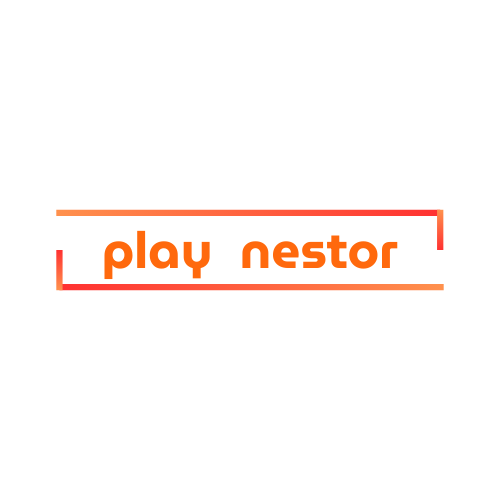
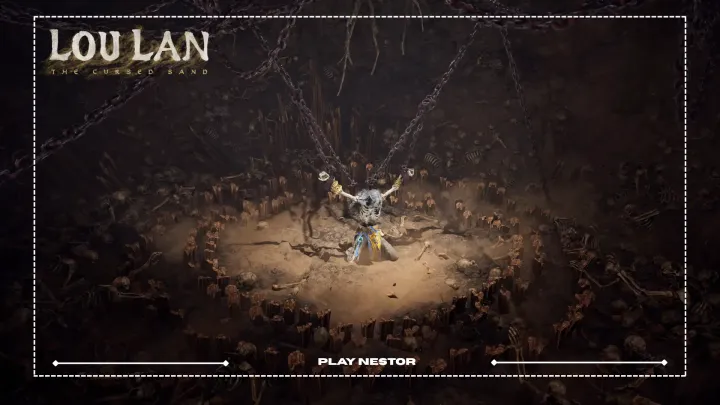
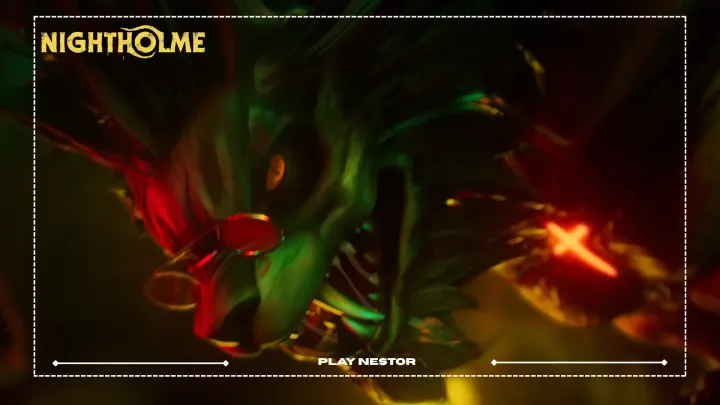
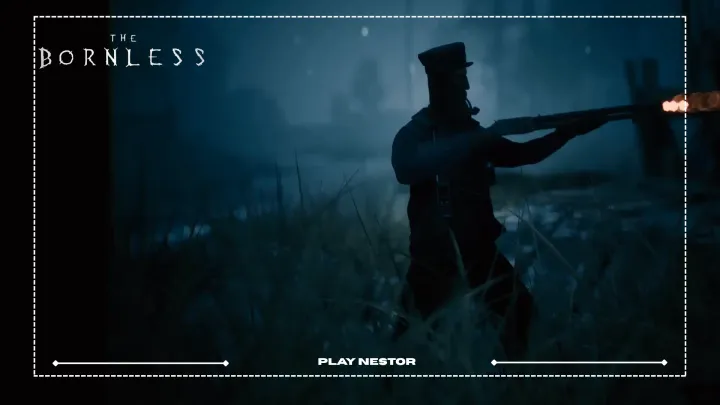
Comments ()